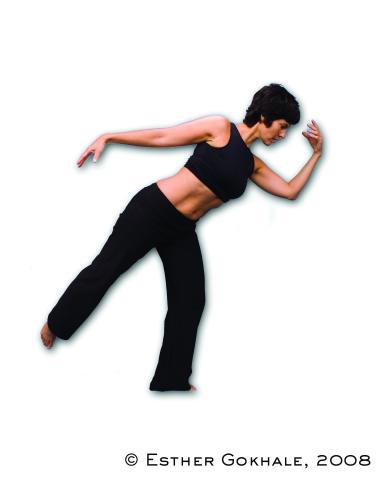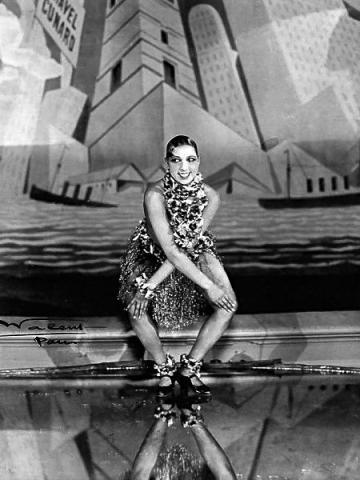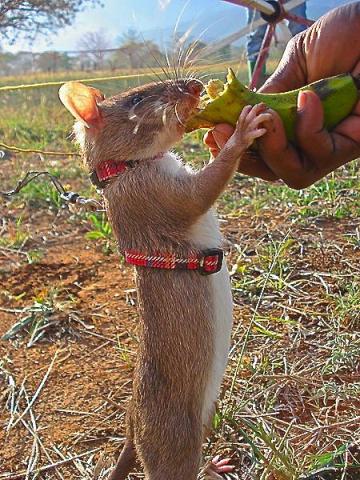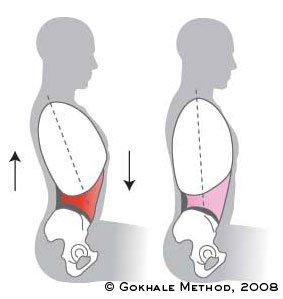Expansive, powerful posture is characteristic of both portraits
Esther Gokhale
February, 2014
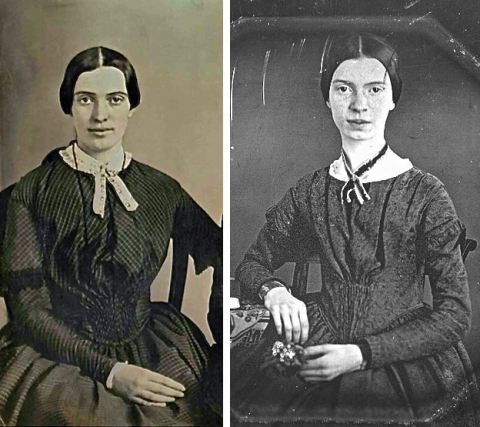
Because I see poetry in healthy posture and find inspiration in the powerful poems of Emily Dickinson, I will connect some disparate dots and weigh in on the fundamental strengths of the poet's posture, as captured in the 1847 daguerreotype of her at about age 16, just above. Also, because some believe the woman in the patterned dress, below left, to be the poet (see interesting article here) at age 28 or 29, I will comment on her very similar posture, as well.
As an aside, because it makes a compelling case that the woman seated above left could be the reclusive poet, please take a look at this silent 30-second video created with advanced Photoshop layering techniques. Read more


